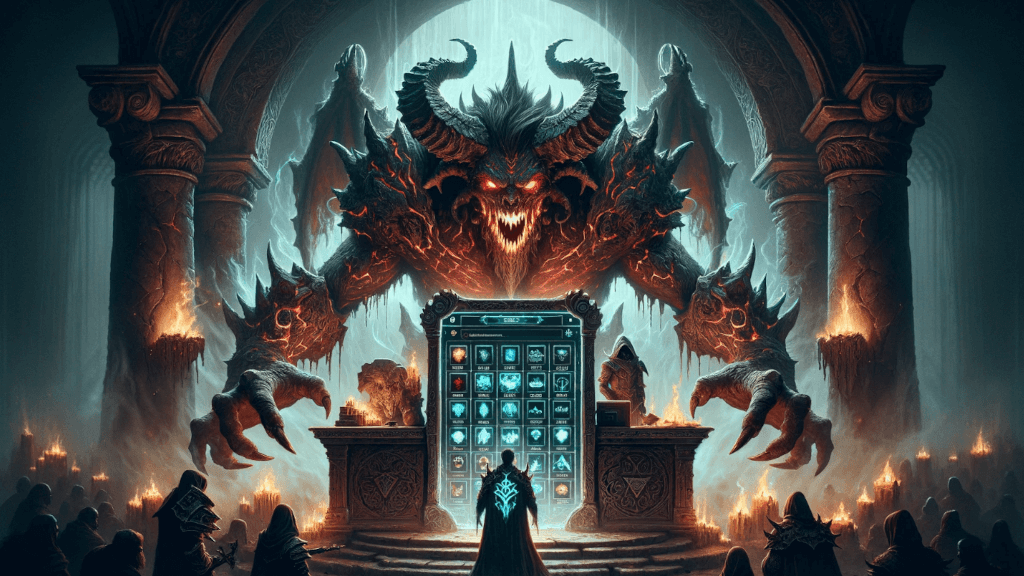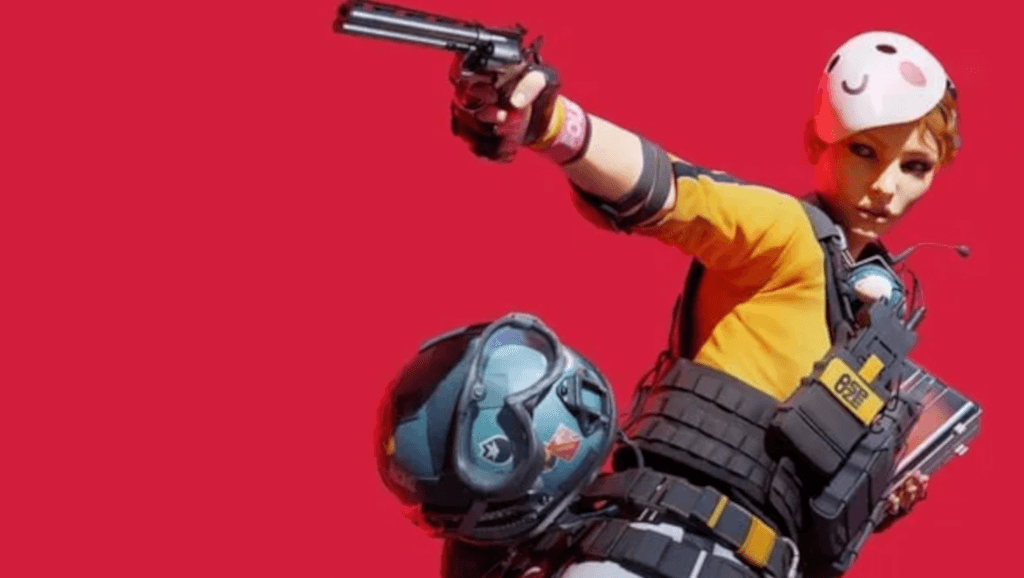In a gaming world where microtransactions have become both a norm and a point of contention, Diablo 4’s latest controversy is stirring up a significant backlash within its community. Blizzard Entertainment’s decision to charge $30 for a set of class-specific portal recolors has ignited a fiery debate among fans, spotlighting the ever-growing tension between game developers’ monetization strategies and players’ expectations for value.
Unpacking the Portal Price Point
At the heart of this controversy is the “Dark Pathways” pack, a bundle that includes a variety of town portal colors—orange, green, purple, yellow, and blue—alongside 1000 Platinum, Diablo 4’s in-game currency. This pack’s price tag of $29.99 has left many players astounded, with the cost being criticized as “almost half the price of the game.” The frustration is compounded by the fact that these portal colors are class-locked, restricting their use across multiple characters and diminishing their perceived value.
A Community Divided
The uproar was catalyzed by a post on the Diablo 4 subreddit, where user Mwatki20 highlighted the steep price for what many consider a minor cosmetic enhancement. The thread quickly became a hotspot for player grievances, with comparisons being drawn to other games that could be purchased for the same amount, such as Pocketpair’s Palworld, dubbed the “Pokemon with Guns” sensation.
Critics like WhiteVoltage express a willingness to pay for cosmetics but balk at the $30 price point for a feature that offers limited utility across the game’s classes. On the other hand, some players like Patient_Competion4 find humor in the situation, especially the decision to class-lock the colors, suggesting a disconnect between Blizzard’s pricing strategy and the community’s expectations.
The Cosmetic Conundrum
This is not the first time Diablo 4 has faced scrutiny over its approach to paid content. Previous events and battle pass rewards have also drawn criticism for perceived value disparities. The crux of the issue lies in the balancing act between providing players with optional cosmetic items and setting a price point that feels justified. While cosmetics do not affect gameplay, their role in player expression and game enjoyment means that their value is subjective, yet significant.
Looking Ahead
As the discussion unfolds, the question remains whether Blizzard will adjust its pricing strategy in response to player feedback. The gaming industry has seen various approaches to monetization, from purely cosmetic microtransactions to gameplay-affecting purchases, each with its own set of challenges and player reception.
Conclusion
The controversy over Diablo 4’s portal recolor pricing underscores a broader dialogue about the relationship between game developers and the player community. As microtransactions continue to be a staple in modern gaming, finding a middle ground that respects player investment while supporting ongoing game development is crucial. For Diablo 4 and Blizzard, this moment may serve as a pivotal point in reevaluating how cosmetic items are priced and packaged, with the hope that future offerings will align more closely with player expectations and values.
As the dust settles on this latest controversy, it’s clear that the conversation around microtransactions, player value, and developer revenue strategies is far from over. Players are encouraged to voice their opinions constructively, while developers should strive to understand and accommodate their community’s perspectives. Only through dialogue and adjustment can the gaming industry hope to find a sustainable model that satisfies both its creative ambitions and its audience’s desires.



